Case Study: Reconstruction and Expansion of AMSTOR Shopping Mall

A redevelopment and modernization project aimed at transforming an existing retail complex into a contemporary mixed-use destination. The concept redefines the traditional shopping mall format - introducing new functions, a stronger urban connection, and an open public realm that encourages community interaction and social activity.
Project Overview
The renewed AMSTOR Shopping Mall project focuses on creating a multifunctional urban destination that integrates retail, leisure, and public space within a unified architectural vision.
Key objectives include:
- Expanding the mall’s functionality beyond retail;
- Introducing new social and leisure components such as coworking, fitness, and rooftop zones;
- Designing a comfortable pedestrian environment with greenery and shaded areas;
- Establishing a recognizable and contemporary architectural identity;
- Creating a public square that becomes a central gathering place for the community.
The concept positions the mall as a modern urban node - a vibrant environment where shopping, recreation, and public life meet.
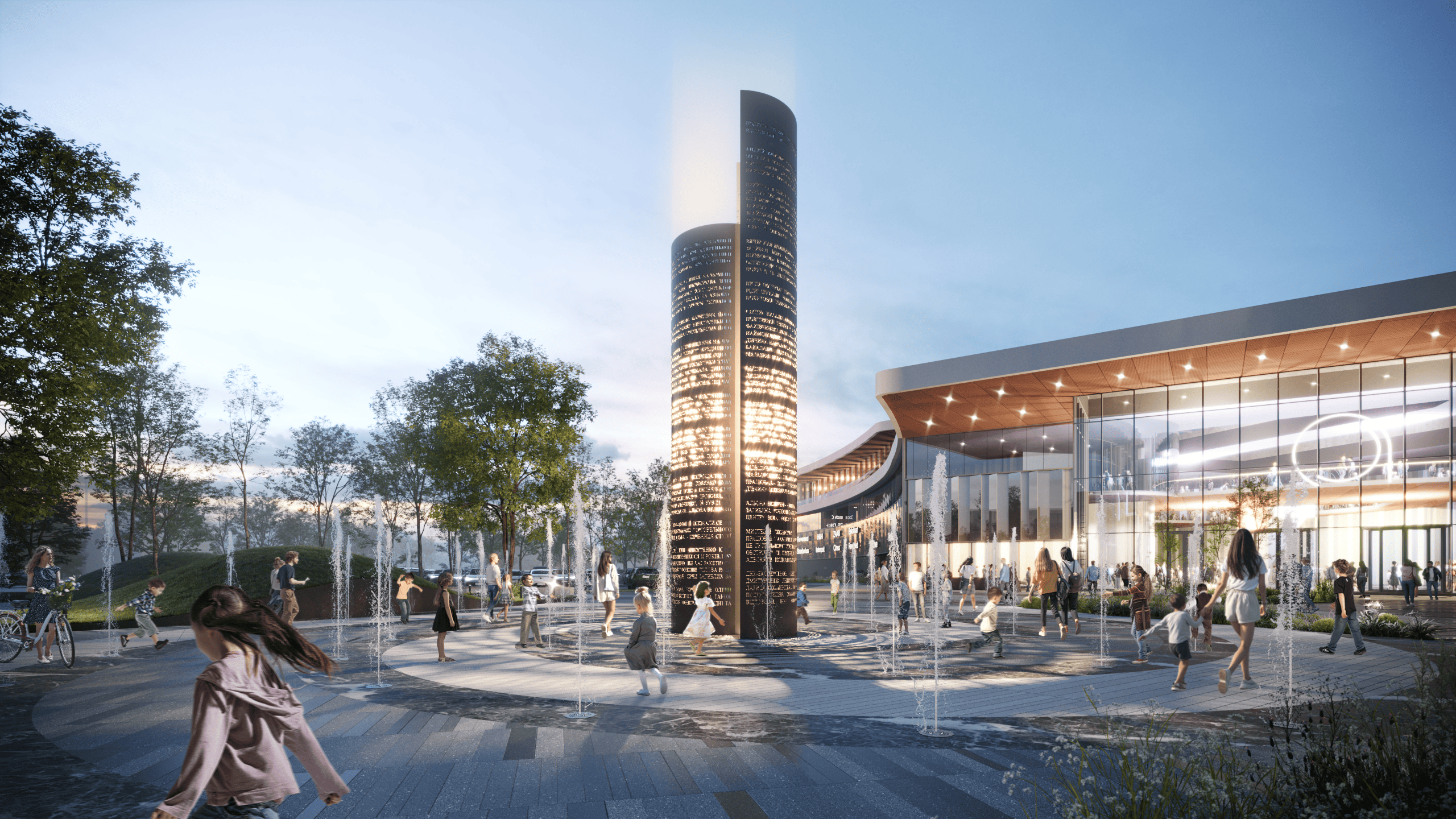
Strategic Significance
The redevelopment of AMSTOR reflects the shift from traditional retail typologies toward multifunctional, experience-driven urban centers. The project enhances the commercial, social, and environmental value of the site, transforming it into a destination for leisure, culture, and community engagement. It also strengthens the surrounding district by improving pedestrian access, landscaping, and visual identity.

Scale & Programme
- Total Area: 30,752 m²
- Functions: Retail, food court, cinema, coworking, gym, rooftop terrace, landscaped public square
- Architecture: Structural glazing with transparent entrances to connect interior and exterior spaces
- Public Realm: Green pedestrian areas with seating and shading for comfort and accessibility
- Landscape Design: Integration of trees, water features, and open plazas for community use
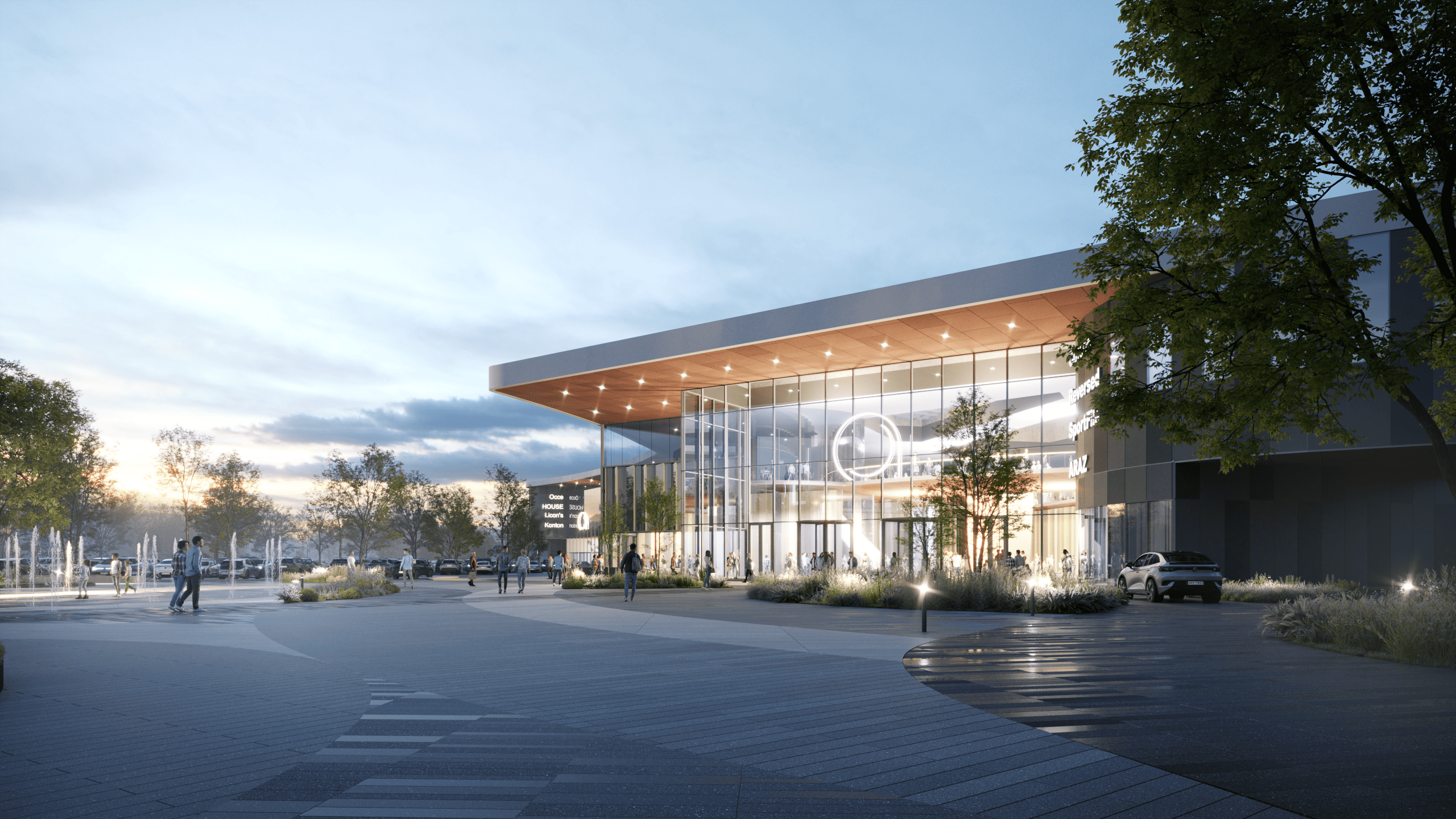
Key Challenges & Solutions Implemented
- Redefining an outdated retail complex for new market expectations
- Integrating multiple functions into an existing urban site
- Balancing commercial efficiency with public accessibility
- Creating a coherent architectural and landscape identity
Economic Impact
The project redefines post-reconstruction urban development — merging commerce, community, and remembrance within one civic landmark.
- 30,700+ m² of rebuilt and modernized retail and public space
- 1,000+ new jobs generated through construction and operations
- Over $25M in projected annual retail turnover after reopening
- Integrated memorial and park zone strengthening social cohesion and civic identity
- Central urban anchor restoring economic activity to a key transport and commercial hub
By transforming a site of tragedy into a symbol of renewal and resilience, the project catalyzes local recovery, boosts consumer confidence, and sets a precedent for human-centered reconstruction in modern cities.

Result
The renewed AMSTOR complex has evolved into a vibrant civic and commercial center, redefining the role of a shopping mall in contemporary urban life. It now serves as a multifunctional destination where shopping, leisure, and public activities coexist harmoniously within a cohesive architectural and landscape framework.
The project enhances the city’s social infrastructure, improves the pedestrian environment, and establishes AMSTOR as a recognizable landmark of urban renewal. Its design promotes openness, accessibility, and comfort - creating a lasting foundation for future community growth.

The reconstruction and expansion of AMSTOR exemplify how thoughtful urban design and adaptive architecture can breathe new life into existing structures. By integrating retail, leisure, and public functions, the project transforms a conventional mall into a dynamic lifestyle hub - a place that combines commercial success with civic purpose and architectural identity.
Get Your Express Architectural Analysis

Proven Results.Featured Work.
.png)
.svg)
.png)


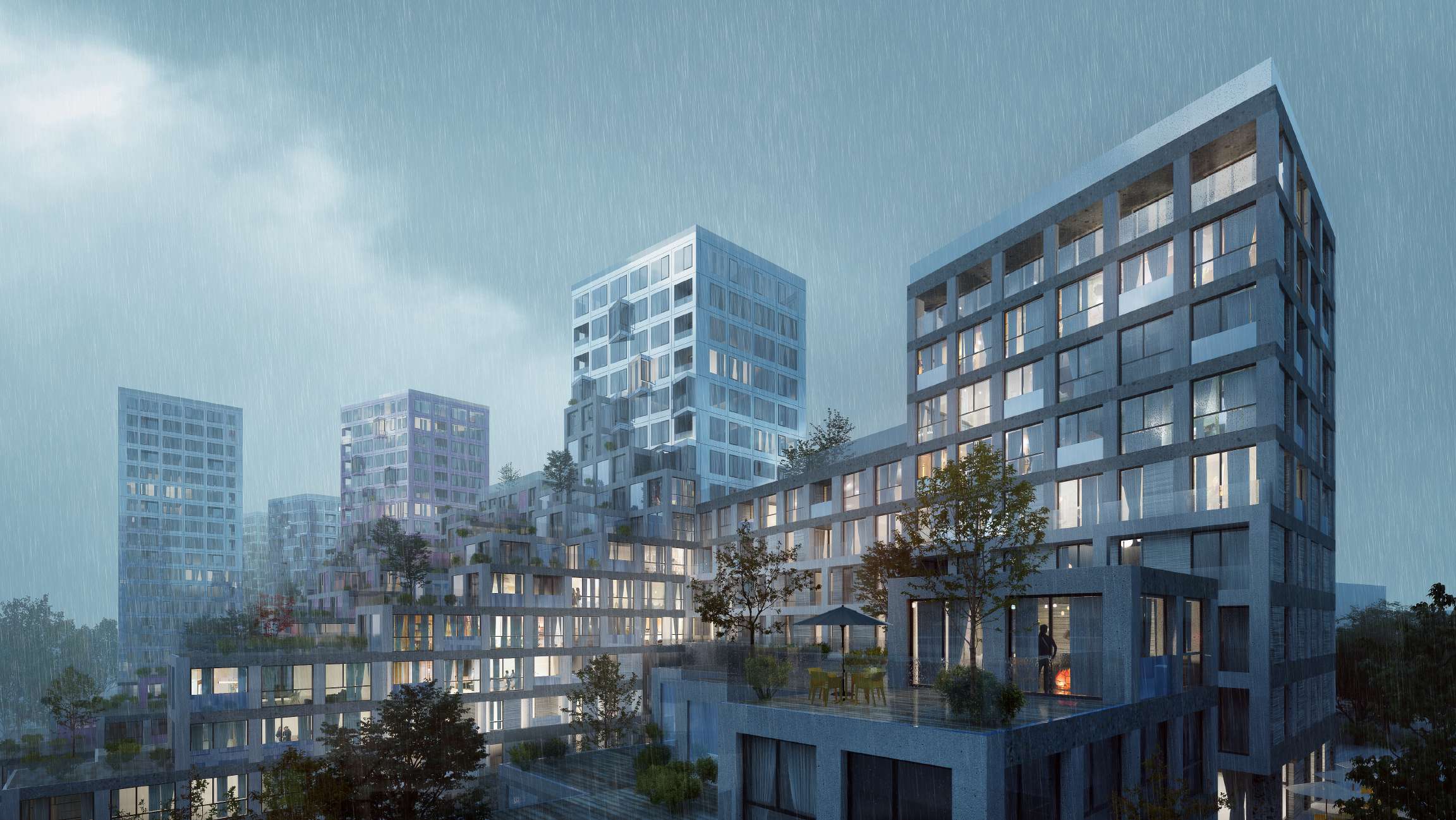
.svg)
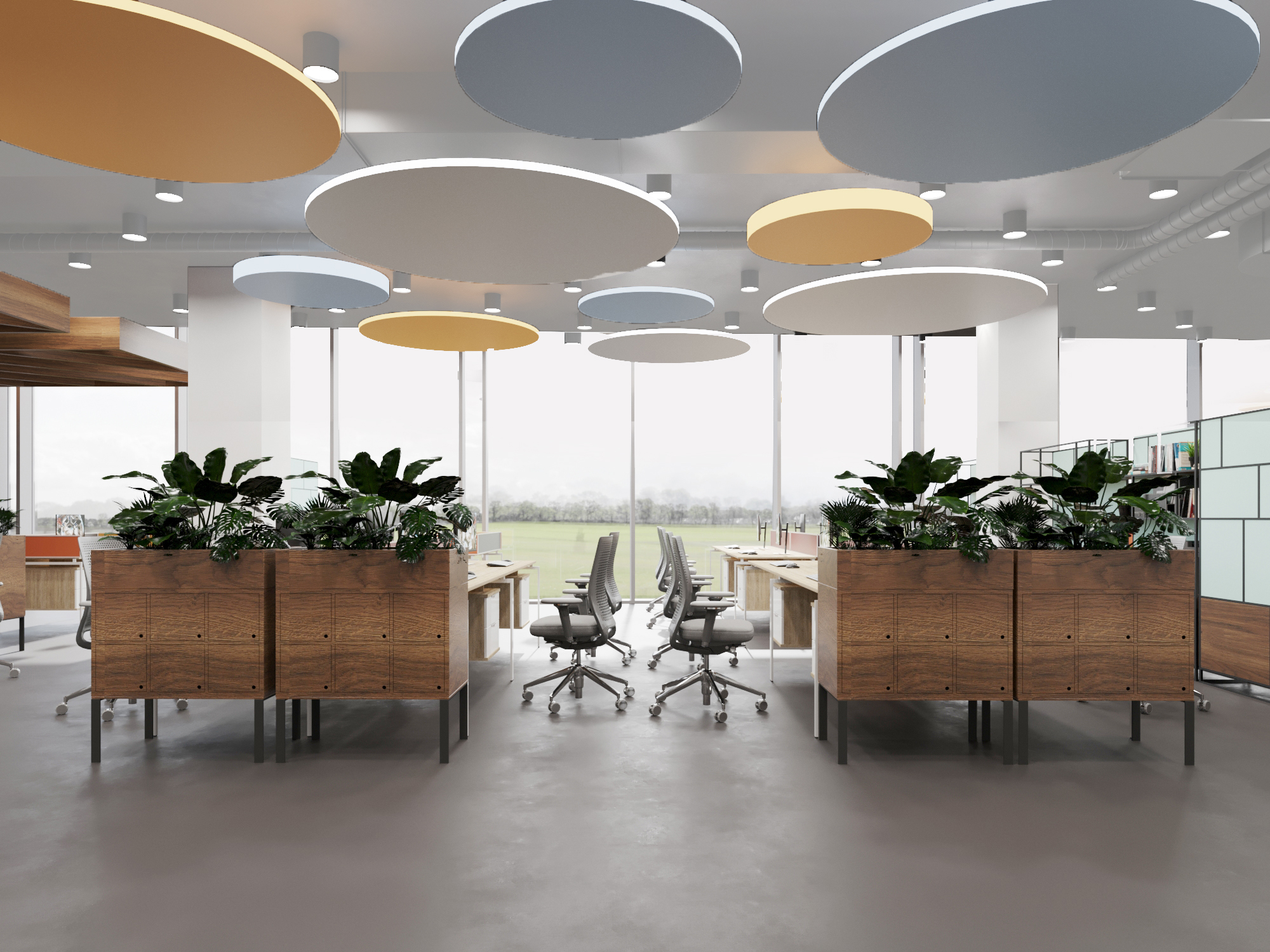


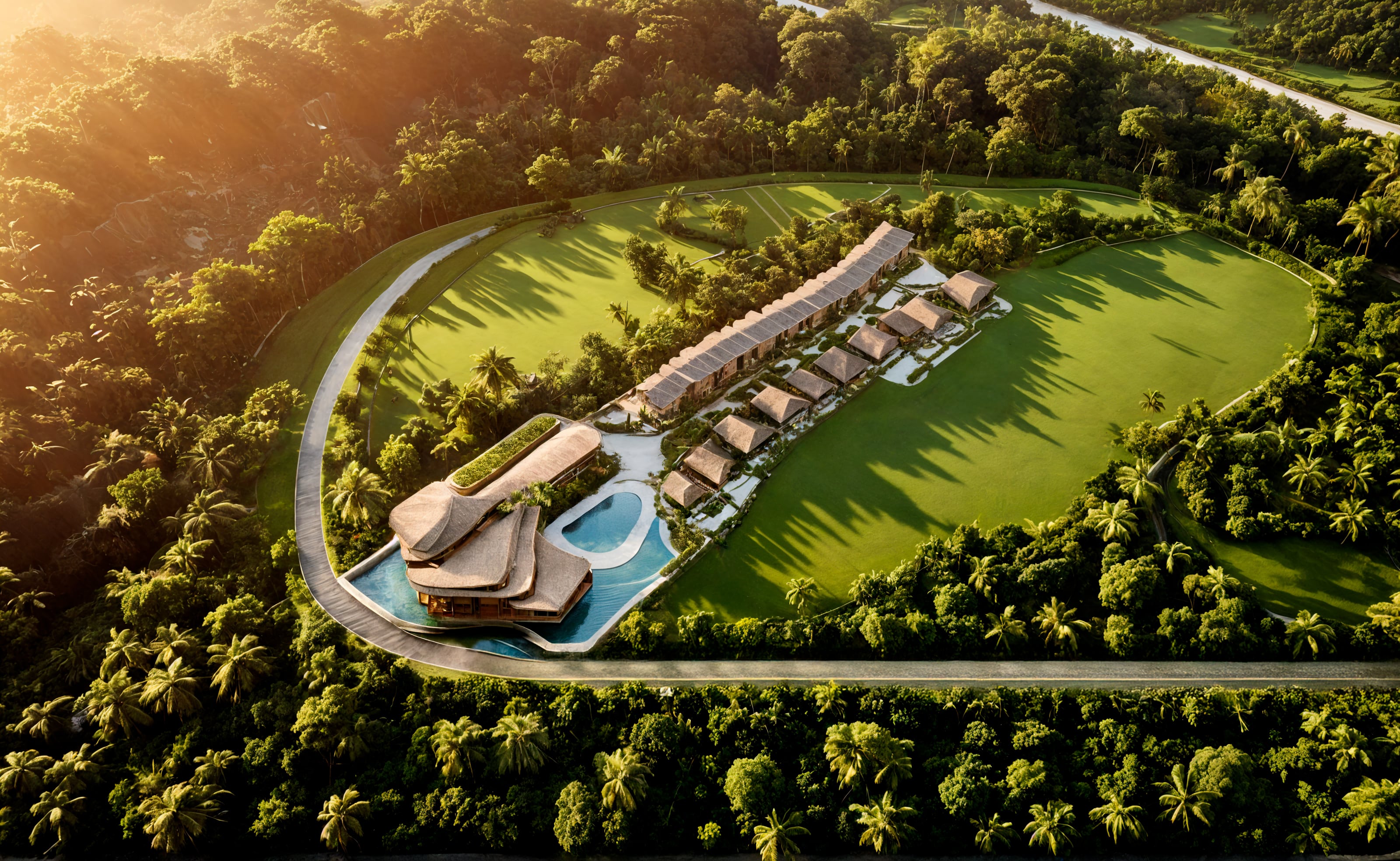
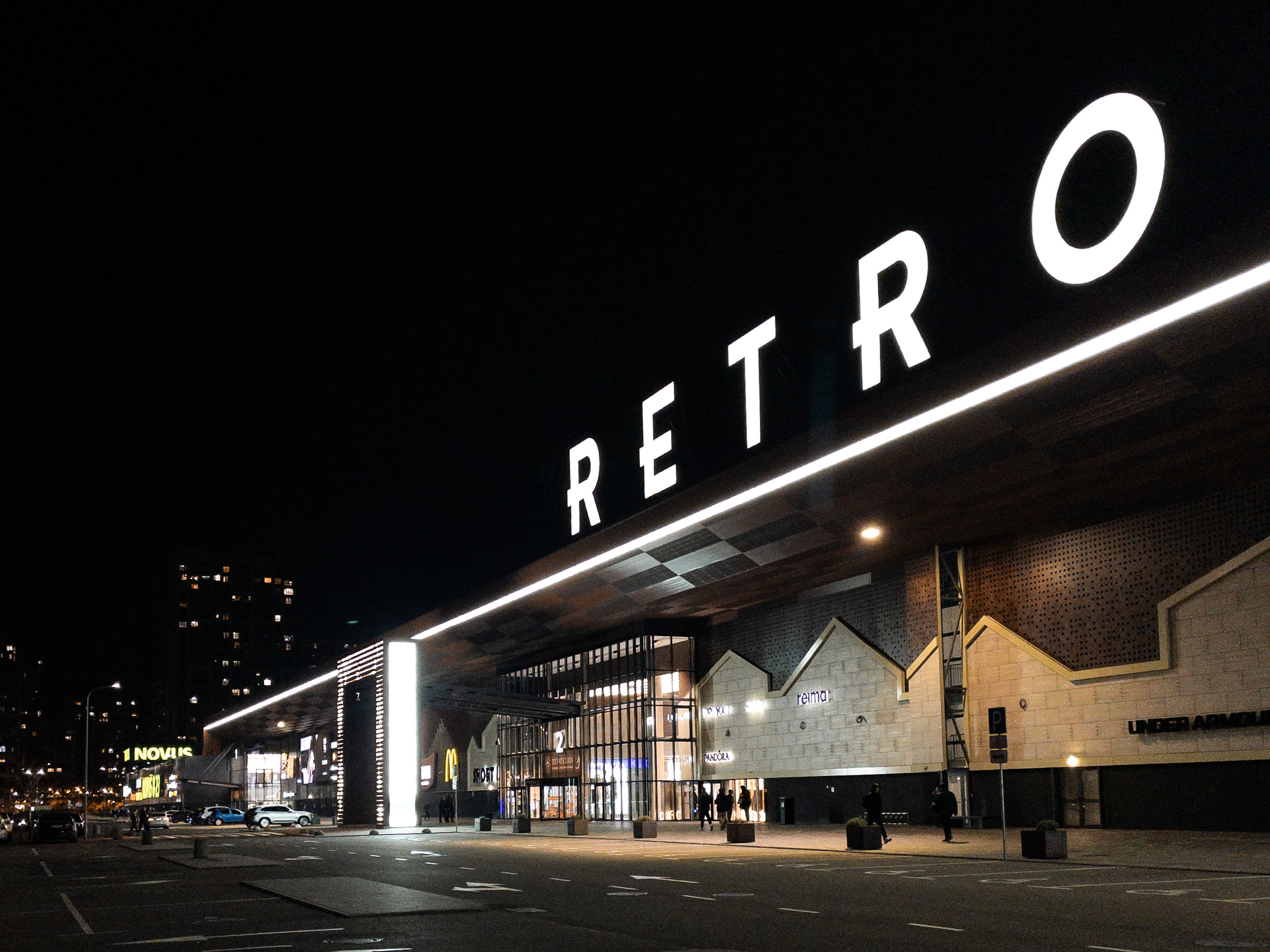

.svg)




